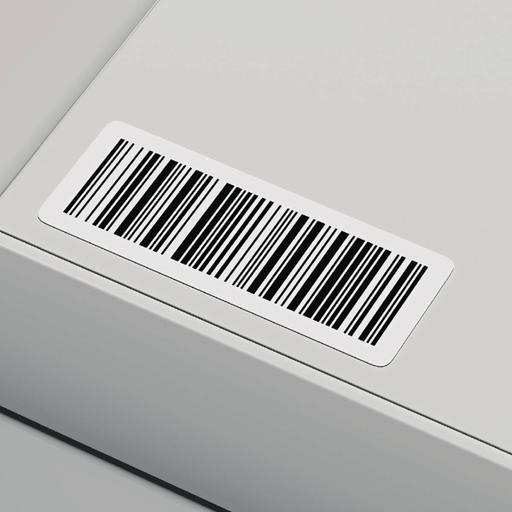Bar Coding
Presentations | English
A Barcode doesn’t contain descriptive data. A Barcode typically has ID data encoded in it, and data is used by a computer to look up all specific information associated with the data. A barcode or bar code is a method of representing data in a visual, machine-readable form. Initially, barcodes represented data by varying the widths and spacing of parallel lines. These barcodes, now commonly referred to as linear or one-dimensional (1D), can be scanned by special optical scanners, called barcode readers, of which there are several types. Later, two-dimensional (2D) variants were developed, using rectangles, dots, hexagons and other patterns, called matrix codes or 2D barcodes, although they do not use bars as such. 2D barcodes can be read using purpose-built 2D optical scanners, which exist in a few different forms. Barcodes became commercially successful when they were used to automate supermarket checkout systems, a task for which they have become almost universal.

19.75
Lumens
PPTX (79 Slides)
Bar Coding
Presentations | English
